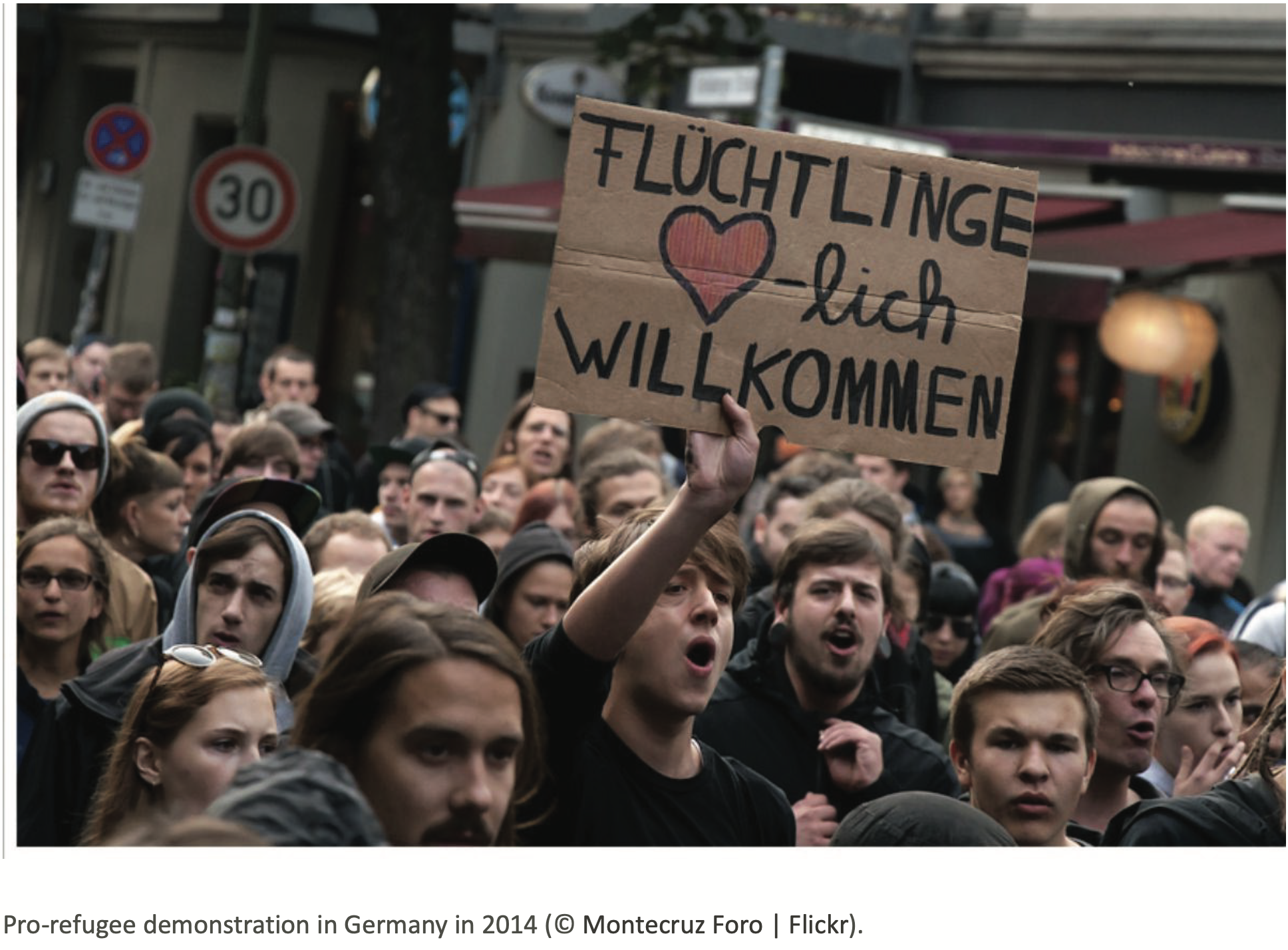
According to a survey, more than 60 percent of born-again Christians in the United States between the ages of 18 and 39 are inclined to believe that Buddha, Muhammad and Jesus all offer valid paths to Go. In Ecumenical News (Sept. 1), Peter Kenny summarizes some of the data collected last year in the survey by Texas-based Probe Ministries. Based on a sample of Americans aged 18 to 55 from all religious persuasions, it provided some unsurprising results (like the sharp rise of unaffiliated people), but also revealed that a number of people self- described as born-again Christians may hold unexpected views on paths to salvation or other topics. Asked for their response to the statement, “When He lived on earth, Jesus committed sins like other people,” one-third of born-again Protestants answered either that they did not know or agreed. (The percentage was even higher among other Protestants and Catholics.) Most shocking to the Probe Ministries staff was the discovery that a majority of the born-again respondents did not hold exclusivist Christian views and believed in multiple ways to heaven, although not in a very consistent way.

On the one hand, between 60 and 80 percent (depending on age groups, with the highest percentage among those over 40) agreed with the statement: “I believe that the only way to a true relationship with God is through Jesus Christ.” On the other hand, less than 40 percent disagreed strongly with the statement: “Muhammad, Buddha and Jesus all taught valid ways to God.” Correlating the answers to the two questions, the Probe Ministries staff found that about one- third of the self-described born-again Christians held exclusivist views, having “a consistent biblical view toward pluralism,” that another third were “totally in line with the pluralist position,” and that a final third claimed both that Jesus was the only way to God and that Mohammad and Buddha also taught valid ways to God. Comparing these results with a previous survey conducted in 2010, the researchers concluded that a slide toward pluralist views has been occurring among born-again Christians.
(Probe Survey 2020, https://probe.org/introducing-probes-new-survey-religious-views-and- practices-2020/)
While secularization is often linked to greater modernization, a new study suggests that many of the features of modern life do not necessarily lead to a loss of religious belief and practice. In a paper presented at the American Sociological Association’s 2021 Zoom conference, which RW attended, sociologist Louisa Roberts looked at how populations in 100 countries rated the importance of religion in the World Values and European Values surveys from 1981 to 2014, comparing these measures to measures on modern social conditions. With regard to higher rates of education and levels of economic security and income, she found the results to be mixed or inconclusive. Roberts also found a mixed pattern in cases where changes in modernization did not lead to uniform secularization or religious growth. In fact, it was the more religious countries that had seen the growth of the modern process of globalization. It was only in regard to urbanization that Roberts saw some correlation with secularization. In looking at regional patterns, only in one region was there a negative correlation between wealth and religion—Eastern Europe and the former Soviet Union; in Southeast Asia, the wealth-religion relationship was positive. Only in Latin America and in Eastern Europe and the former USSR was there a correlation between higher education rates and secularization. In updating her findings to 2020, Roberts found that there had been cases of religious decline in Latin America and to some extent North Africa and the Middle East, but she argued that the “traditional version of secularization theory can’t explain [those] declines.”
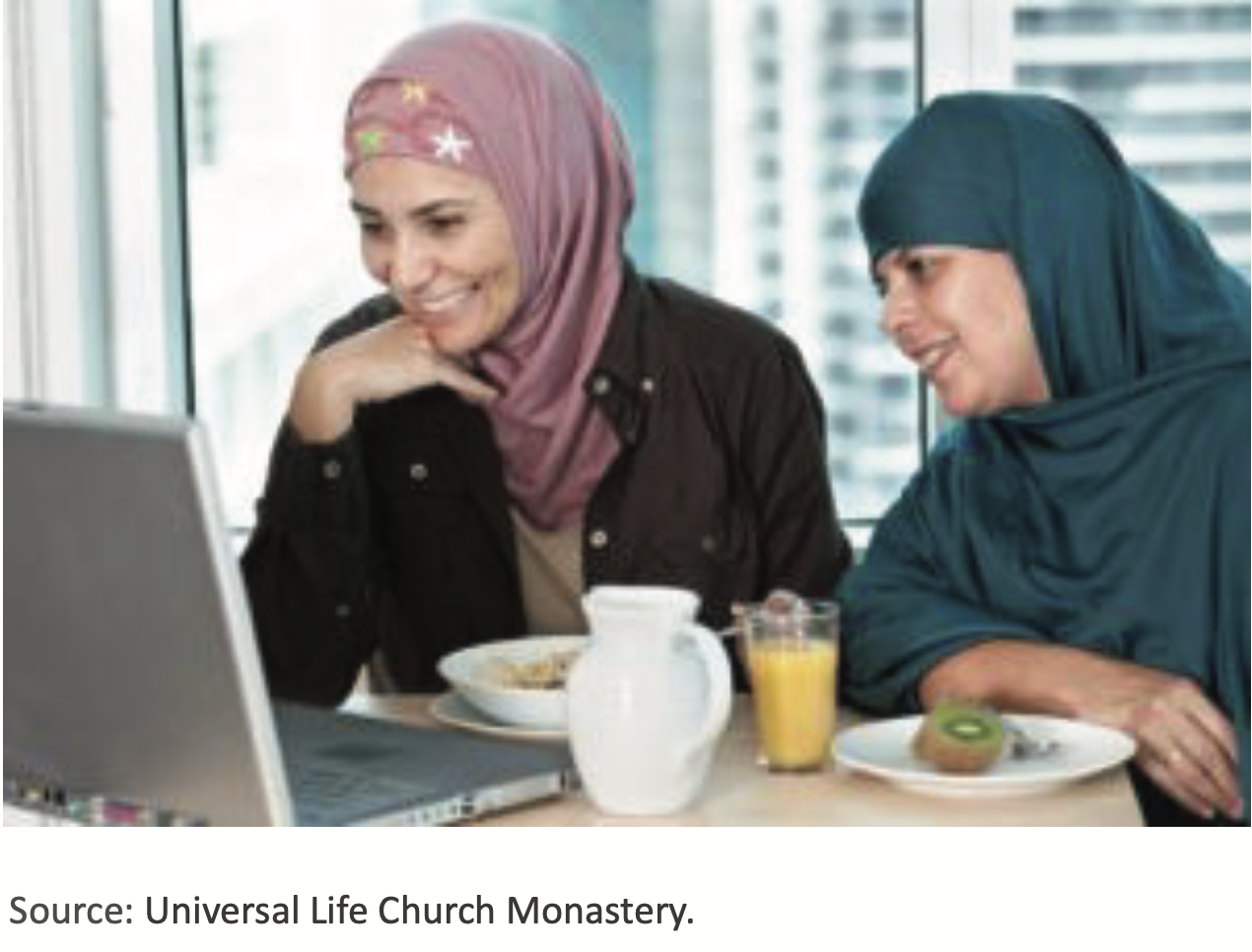
A new study suggests that in religious freedom cases involving gender and sexuality issues, conservative Christians tend to do best when they follow a defensive strategy, claiming some form of social harm. The study by researchers at the University of Nebraska at Lincoln looked at 1,200 cases from 1980 to 2020 and focused on a subsample of 63 that involved LGBTQ issues. Kelsey Burke and colleagues found that religious actors were most likely to win such cases when they claim to protect their own religious freedom, as seen in a recent Supreme Court case where Catholic Social Services (CSS) in Philadelphia succeeded in its fight to keep government funding while refusing to provide child adoption services to same-sex couples. CSS followed an effective strategy by presenting itself as not imposing its theological views on the public. In contrast, religious groups that clearly opposed LGBTQ rights faced an uphill battle in the courts, receiving a favorable decision in only 25 percent of such cases.

Homeschooled students are more likely to adopt traditional gender roles than Catholic and Protestant school students and are less likely to finish or attend college, a new study finds. Presenting their findings at this year’s Zoom conference of the American Sociological Association, which RW attended, Shanna Corner and Julie Dallavis analyzed the 2014 U.S. Cardus Education Study, comparing students who were homeschooled with those from Catholic and Protestant schools. The homeschooled environments enacted gender separation and fostered encouragement of different gender roles significantly more than the Catholic and evangelical Protestant schools, especially since mothers played a maternal role as teachers for homeschoolers. The lower rate in college attendance among homeschoolers may be due to a combination of family and school effects. The researchers added that home-based education may lend itself to a desire for independent knowledge rather than institutional learning.

The traditional pattern of women being less involved than men in mosque life is changing among Muslims in the U.S., according to a recent Pew Research Center analysis of a survey of American mosques. Besheer Mohamed writes that the share of mosques in which adult women accounted for more than a quarter of all attendees at Friday Jumah prayer services grew between 2011 and 2020. He reports that the new study, conducted by Ihsan Bagby as part of Hartford Seminary’s 2020 Faith Communities Today (FACT) survey, shows that while women represented more than a quarter of attendees at just 14 percent of U.S. mosques in 2011, that share rose to 21 percent by 2020. Although women make up a relatively small share of the attendees at Friday prayer services, the new FACT study found that most U.S. mosques—55 percent— have a dedicated women’s group, and roughly three- quarters have activities targeted at women. These efforts have increased since 2011, when only 29 percent of mosques had a women’s group, and 69 percent had activities specifically for women. Today, about 9 in 10 U.S. mosques permit women to serve on their board of directors or trustees, and 61 percent say that women have served on their board in the last five years; a decade ago only about three-quarters of mosques allowed women to serve in such capacities, and only about half said that women had done so in the last five years.
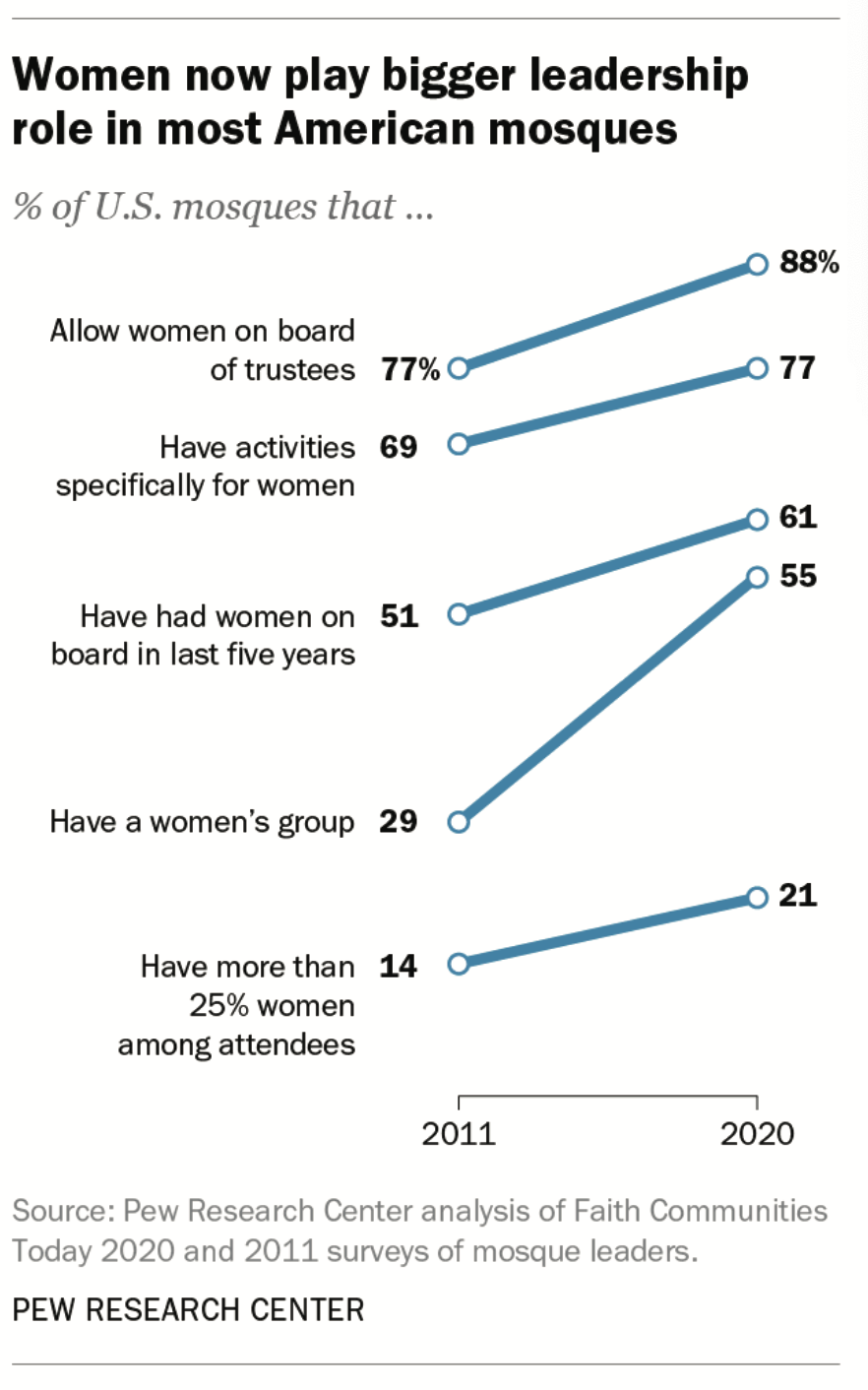
(Pew Research Center, https://www.pewresearch.org/fact-tank/2021/08/04/women-are- becoming-more-involved-in-u-s-mosques/)
Clergy sex abuse cases in Latin America have been less subject to official reports and surveys than have cases in North America and Europe, but new research finds a pattern of more recent offenses and crimes connected with special religious orders in the region. Presenting their findings at the recent conference of the Association for the Sociology of Religion, Ana Lourdes Suarez (Catholic University of Argentina) and Veronique Lecaros (Catholic University of Peru) looked at clerical sex abuse in Argentina, Chile, and Peru. Only in Chile has a survey been conducted, in 2020, by the country’s Catholic University, and it has also had the most documented cases of priestly sex abuse, involving 200 clerics. While Suarez and Lecaros found that, similarly to the rate in Europe, 6.3 percent of all living priests there had been accused of abuse, they noted that Chile has seen more recent cases than the U.S. and Europe, with most incidents being reported after the 1980s. Argentina has had its sexual abuse cases reported by the media, and while these cases have involved a total of 36 priests, the researchers said that the actual number could be as high as 90. Most of the incidents were reported after 1995, and newly created religious institutes have been a central source of the alleged abuse. Most notable in this regard has been the conservative order, the Disciples of Jesus of St. John the Baptist. In Peru there has been no count of abuse cases and, like Argentina, the few incidents that have surfaced in the media have come out of new religious institutes, such as the fast-growing Sodality of Christian Virtue, with ex-members reporting cases of abuse.
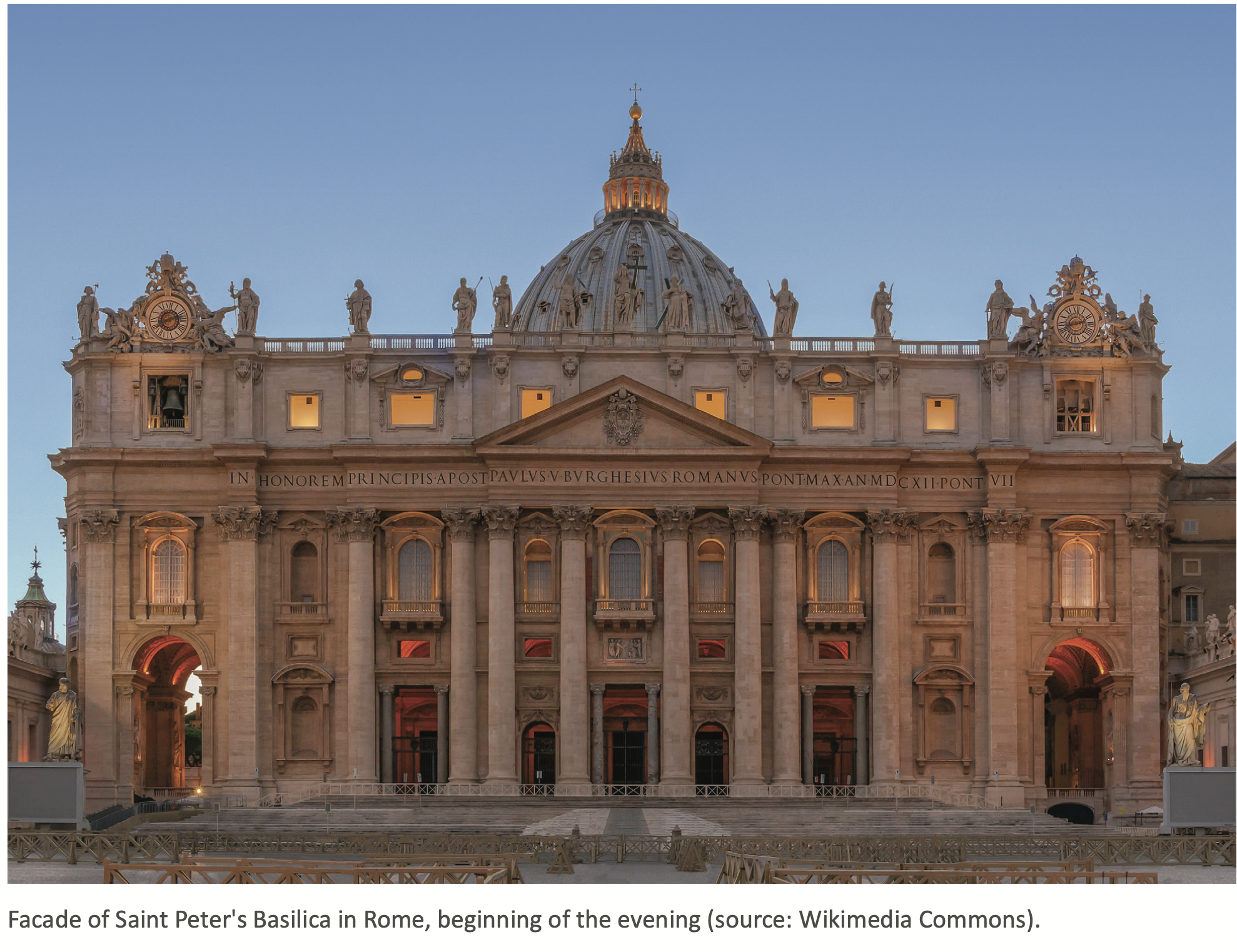
A new study finds that while the fertility advantage associated with holding traditional gender role attitudes has decreased, this has had a minimal effect on the religious fertility advantage. The study, conducted by Laurie F. DeRose, William Bradford Wilcox, Pamela Leyva-Townsend, Javiera Reyes Brito, and Spencer James and published in the Journal for the Scientific Study of Religion (online in August), analyzed World Values Survey data from 1989 to 2020, examining whether the religious fertility advantage has changed over the last three decades. The researchers note that while large families and high fertility have been associated with religion almost everywhere in the world, one aspect of the religious fertility advantage— traditional gender role attitudes—has “eroded significantly.” But in their analysis they find that, even with the growth of gender egalitarianism, the effects of religion remain significant and independent of traditional gender roles. They find that a high degree of religiosity (such as frequent church attendance) has an effect on fertility, and propose that the reason religion may be independent of gender role attitudes in its fertility effects is that there are multiple kinds of egalitarianism, with individualistic-oriented “liberal egalitarianism” supporting high fertility less than what they call “egalitarian familism.”
(Journal for the Scientific Study of Religion, https://onlinelibrary.wiley.com/journal/14685906)
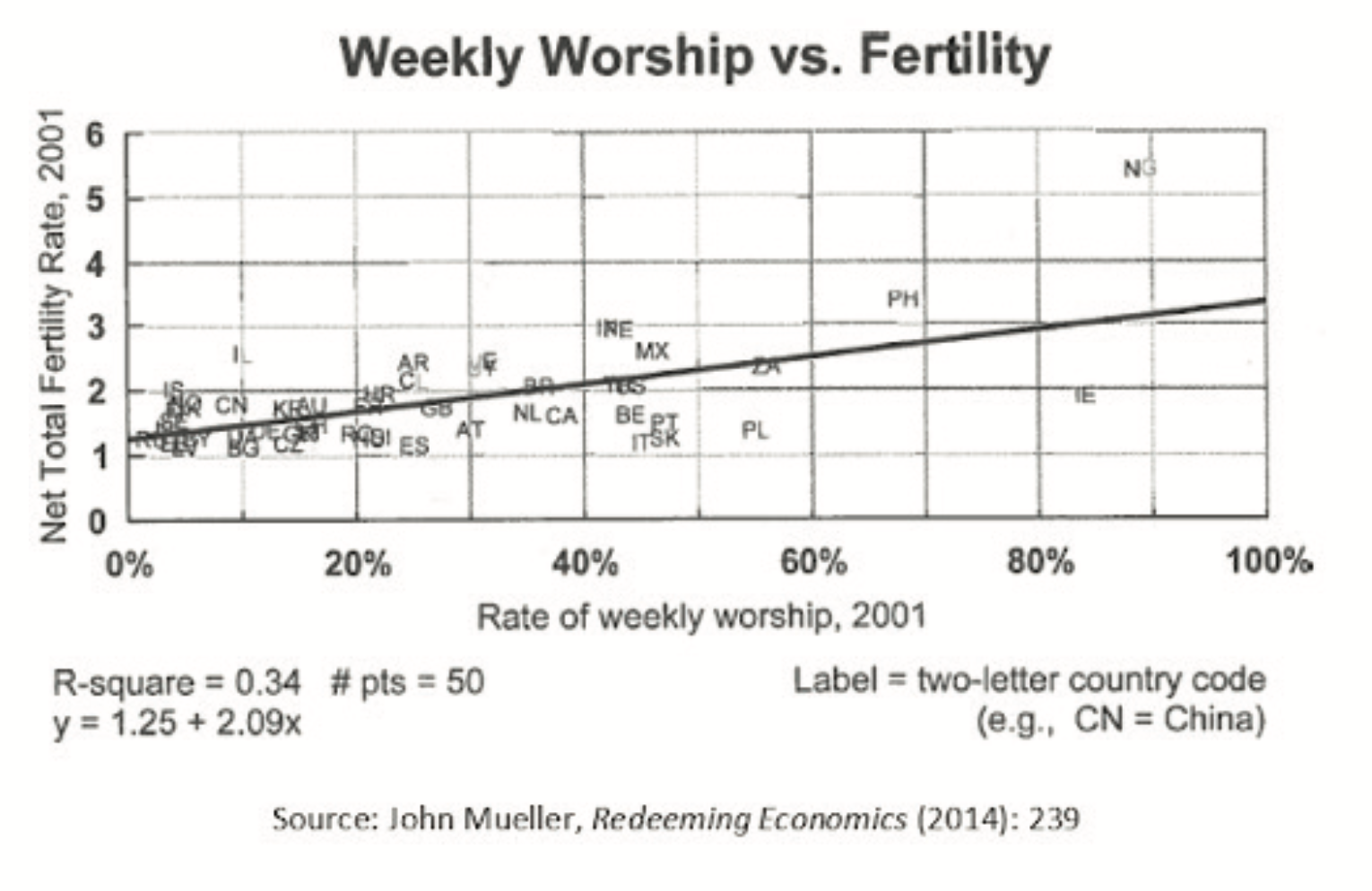
A study of self-professed “deists” in Turkey finds that they are not necessarily in political protest or in the process of becoming atheists and that they show significant similarities to Americans’ views. Selmin Yilmar of Ankara University drew on interviews with 30 self- described deists in his study, which was presented at the recent Zoom meeting of the Association for the Sociology of Religion, which RW attended. While in recent years there have been reports of growing non-belief in Turkey following in the trail of political dissent against Erdogan’s Islamic-nationalist government, Yilmar’s interviewees did not view their belief as a form of political dissent or a stepping stone to atheism, although they did seem to be in transition between Islam, deism, and rejecting belief. They did try to keep their beliefs about a distant and non-involved God private, especially with their religious parents. Yilmar did not find that they were confined to any specific social group or status. He did see commonalities between his interviewees’ beliefs and the “therapeutic moral deism” that sociologist Christian Smith studied among American youth, as both use their beliefs for psychological benefits while discarding traditional religious doctrines and practices.
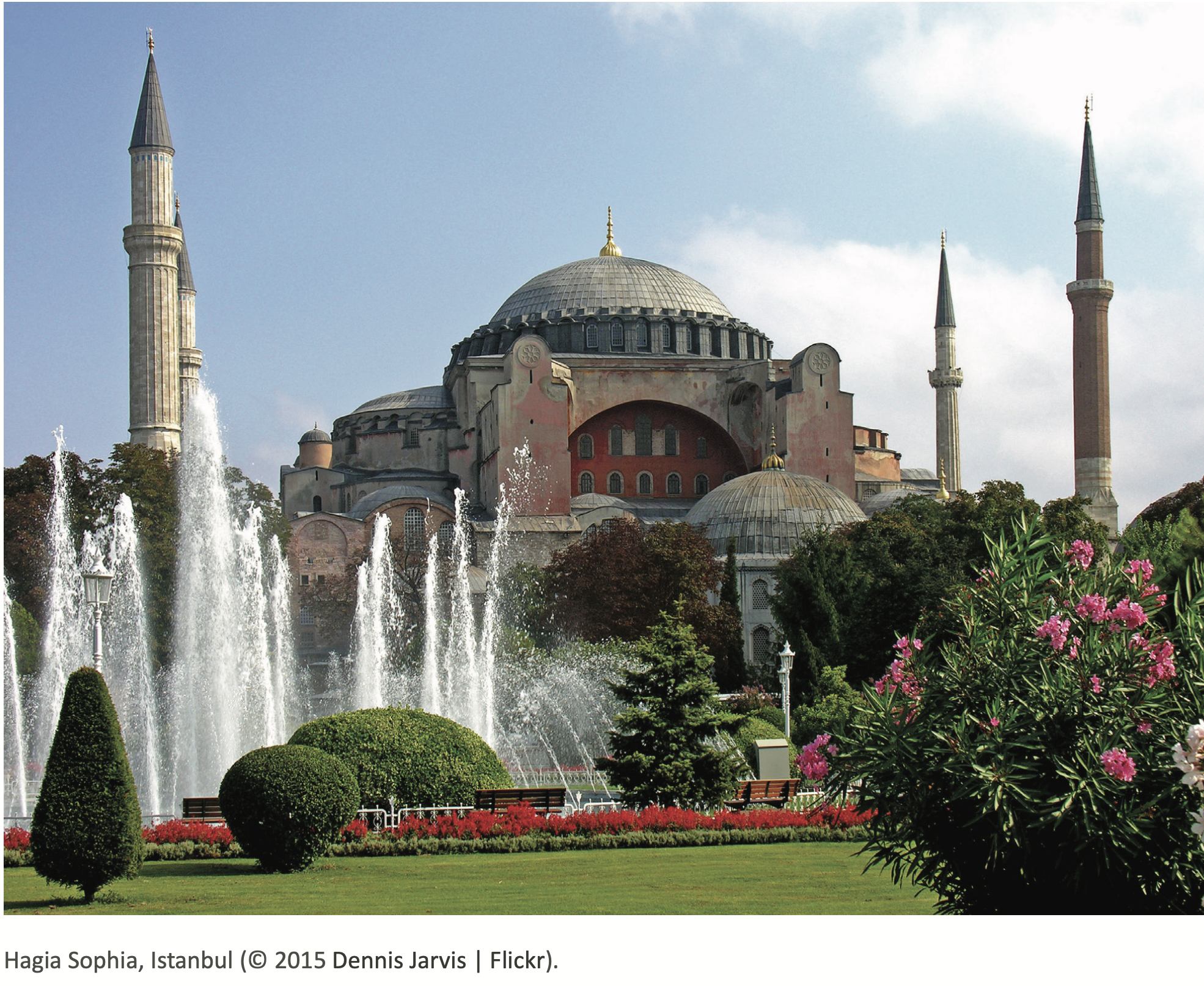
International students from China at American universities tend to convert to Christianity as well as Chinese folk religions the longer they stay in the U.S. and the more support they receive, a new study finds. While there has been a good deal of anecdotal information about international Chinese students converting in large numbers to evangelical Christianity at American universities, the study by Yousef Yang of Sun Yat-sen University is one of the first to confirm this trend and also to show the institutional and personal factors involved in these conversions. Yang, who conducted a cross-sectional survey of 1,911 students at two public Midwestern and Southern universities, found that “missionary intensity” was a strong institutional factor in students’ conversions both to Christianity (with Protestant and Catholic affiliations being combined) and folk religions. Length of stay in the U.S. and degree of support were significant personal factors for conversions to both religions. In looking at intergenerational conversions, however, being male and of an older age predicted Buddhist conversion.
Secularity proves to be a significant factor in East Germans’ support of the far-right Alternative for Germany (AfD) party. The AfD has grown into Germany’s third-largest party since its founding in 2013 for its strong position against Muslim immigration and refugees, and the party has shown the most growth in Eastern Germany. Anthony Albanese of Penn State University analyzed county-level data and European Value Surveys and found that higher levels of secularity were correlated with higher levels of support for the AfD. He also found that high levels of economic deprivation drove up support for the party, but education had no effect. Albanese theorizes that it is the most secular voters who feel threatened by the growth of Islam in Germany (even though most of the Muslim refugees have settled in Western Germany) and may seek recourse in such a far-right party as the AfD.
